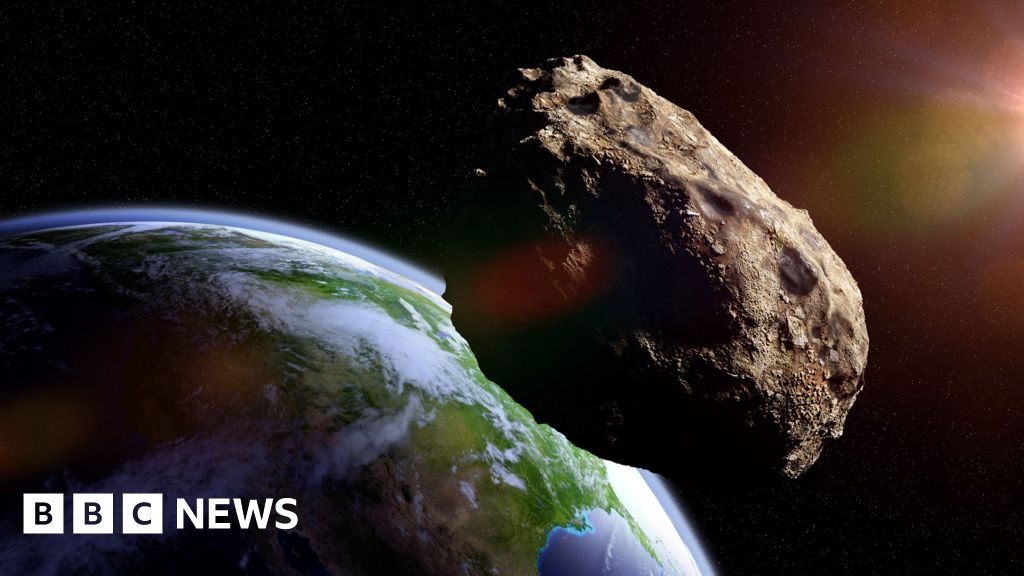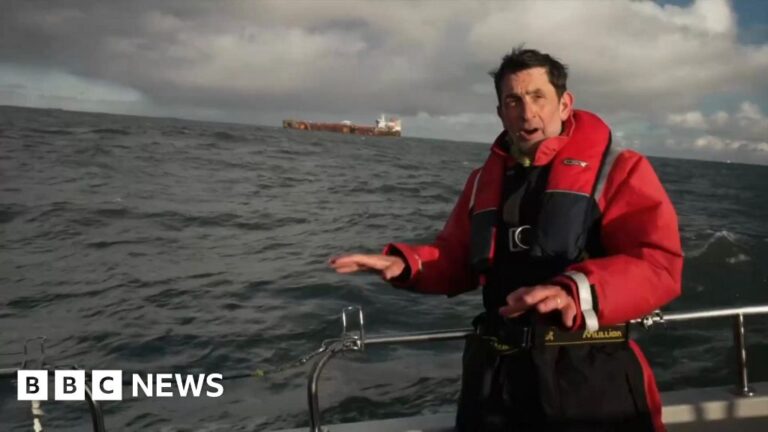A large asteroid known as 2024 YR4 has grabbed headlines this week as scientists first raised its chances of hitting Earth, then lowered them. The latest estimate says the object has a 0.28% chance of hitting Earth in 2032, significantly lower than the 3.1% chance earlier in the week. Scientists say it is now more likely to smash into the Moon, with Nasa estimating the probability of that happening at 1%. But in the time since 2024 YR4 was first spotted through a telescope in the desert in Chile two months ago, tens of other objects have passed closer to Earth than the Moon, which in astronomical terms sounds like a near miss. It is likely that others, albeit much smaller, have hit us or burned up in the atmosphere but gone unnoticed.
Asteroids, also sometimes called minor planets, are rocky pieces left over from the formation of our solar system about 4.6 billion years ago. Rocks routinely orbit close to Earth, pushed by the gravity of other planets. For most of human history, it has been impossible to know how close we have come to being struck by a large asteroid.
We now know that quite large objects – 40m across or more – pass between Earth and the Moon several times a year. That’s the same size of asteroid that exploded over Siberia in 1908, injuring people and damaging buildings over 200 square miles. The most serious asteroid impact in recorded history is the one that killed off the dinosaurs 65 million years ago, and occurred several times before that.
We do have options beyond “taking a hit”, as Dr Kumamoto puts it. Nasa and the European Space Agency have developed technologies to nudge dangerous asteroids off course. Nasa’s Double Asteroid Redirection Test (DART) successfully slammed a spacecraft into the asteroid Dimorphos to change its path. However, scientists are sceptical if that would work in the case of YR4 due to uncertainty about what it is made of and the short window of time to successfully deflect it.
And what about the asteroids that do hit Earth? An awkward truth for scientists is that a direct strike on land far from humans is the ideal scenario for asteroids. That gives them actual pieces from distant objects within our solar system, as well as insights into Earth’s impact history.
Source link




